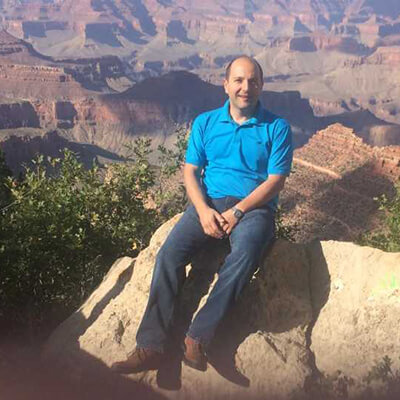Should you go all in on REITs in your TFSA?
Nino D’Andrea gets decent income from his REIT ETF, but his portfolio may be set up to underperform
Advertisement
Nino D’Andrea gets decent income from his REIT ETF, but his portfolio may be set up to underperform

Nino D’AndreaAGE: 46 PLACE: Toronto TFSA TOTAL: $62,000 STRATEGY: Just REITs |
Sign up for our Investing newsletter »
His first choice was Encana—“a real loser,” he says. In fact, D’Andrea bought it at $30 a share with that first contribution and sold it at about $10 in 2015. “I watched it fall all the way down,” he says. That’s when he knew he had to change his strategy. “I realized I wasn’t so smart after all and since I was getting closer to retirement, I wanted something safer that would provide me with a regular income stream to grow for retirement.” Today, D’Andrea has only one holding, a BMO Equal Weight REITs ETF (ZRE)—a holding he’s been adding to for several years now. “I get $263 in monthly distributions and have been able to grow my TFSA nicely with it,” he says. His aim? “To reach the point where my TFSA will distribute $1,000-a-month by age 65 so I can supplement my CPP and OAS with the payments.” Without a TFSA D’Andrea figures he’d need $250,000 to buy an annuity that would pay him $15,000 annually—and that income would be taxable. But with his present TFSA strategy of collecting distributions in retirement, the payment would be completely tax-free. “And it won’t cost me $250,000 to do it,” he says. Still, D’Andrea plans to work as long as he can—even part-time—into retirement. “Travelling isn’t something I want to do in retirement. It’s a big inconvenience and not relaxing for me. I have no desire to unpack and then days later, repack my suitcase.” D’Andrea instead plans to spend time with family and friends, work a little, and entertain himself right here in Toronto with dinners out and other sports activities. It’s where he’s happiest.Share this article Share on Facebook Share on Twitter Share on Linkedin Share on Reddit Share on Email